Want to make your very own tessellations?
First, just a little bit more math!
Tessellations can be created by performing one or more of three basic operations on a shape: translation, reflection and/or rotation.
Translation is sliding a figure in any direction without changing its size, shape or orientation.

Rotation is rotating an object about a fixed point without changing its size or shape.

Reflection is flipping an object across a line without changing its size or shape. If a reflection has been done correctly, you can draw an imaginary line right through the middle and the two parts will be symmetrical “mirror” images.
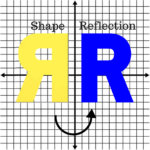
Simple tessellations just use the translation operation. You simply draw a shape or a pattern of shapes and repeat them without changing their orientation and without leaving any gaps or overlaps.
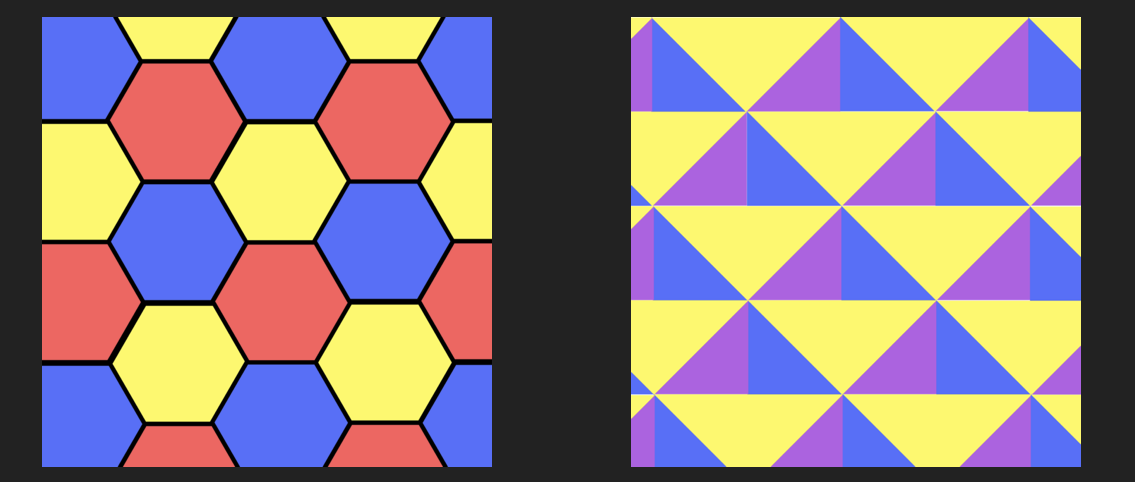
Complex tessellations use more than one of the three basic operations to create a new shape that can tessellate – ie can be fit together without any gaps or overlaps.
Let’s try making one!
Here we go!
1. Cut out an equilateral triangle from a piece of paper.
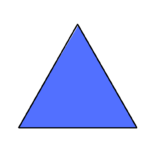
2. Start with the left side. Cut out a semi-circle and rotate it counter-clockwise.
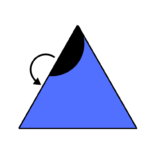
3. Tape the pieces together. Next the bottom side. Cut-out a semi-circle and rotate it counter-clockwise.
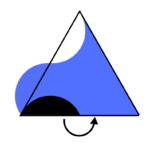
4. Tape the pieces together. Lastly the right side. Cut out a semi-circle and rotate it counter-clockwise.

5. Tape the pieces together. Voila! A geometric wave!

6. The wave can now be tessellated!
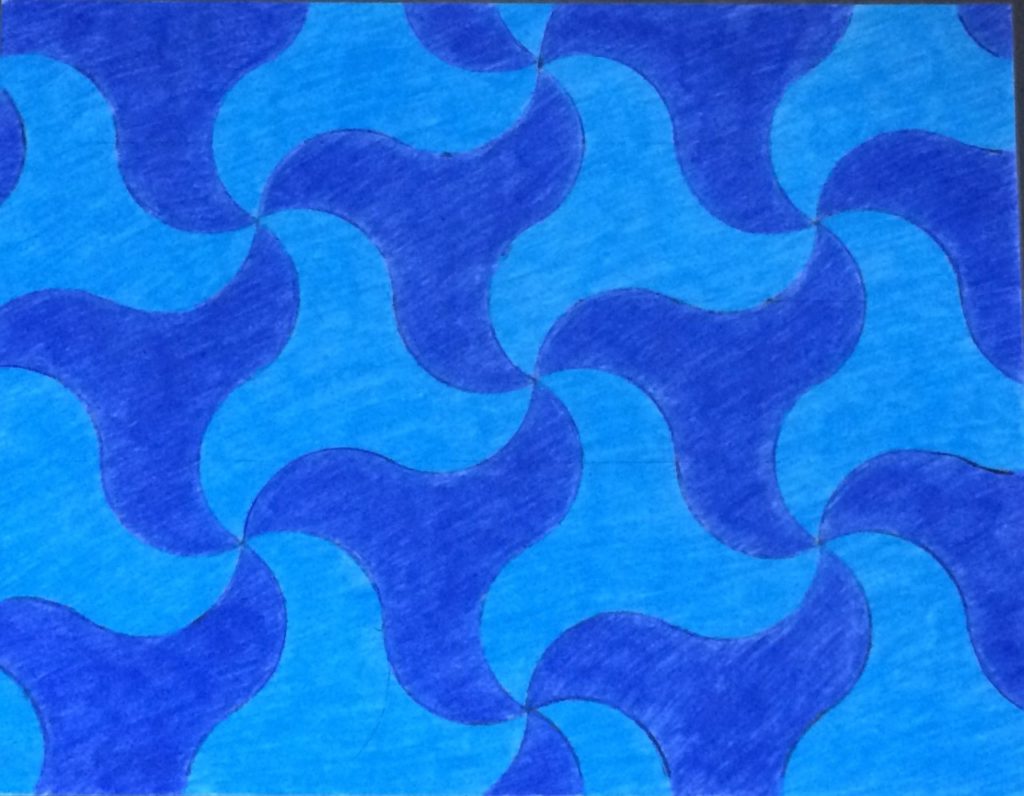
The possibilities are endless!

